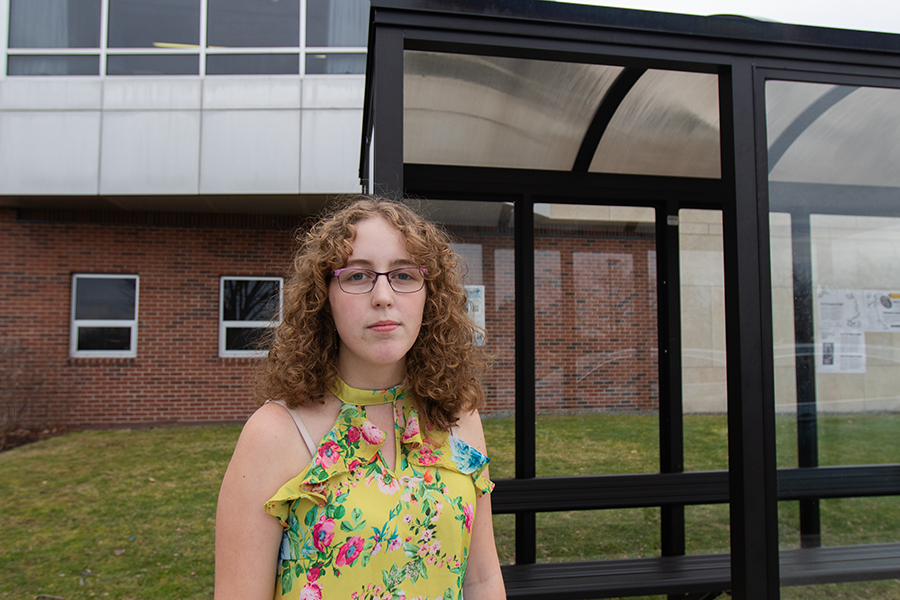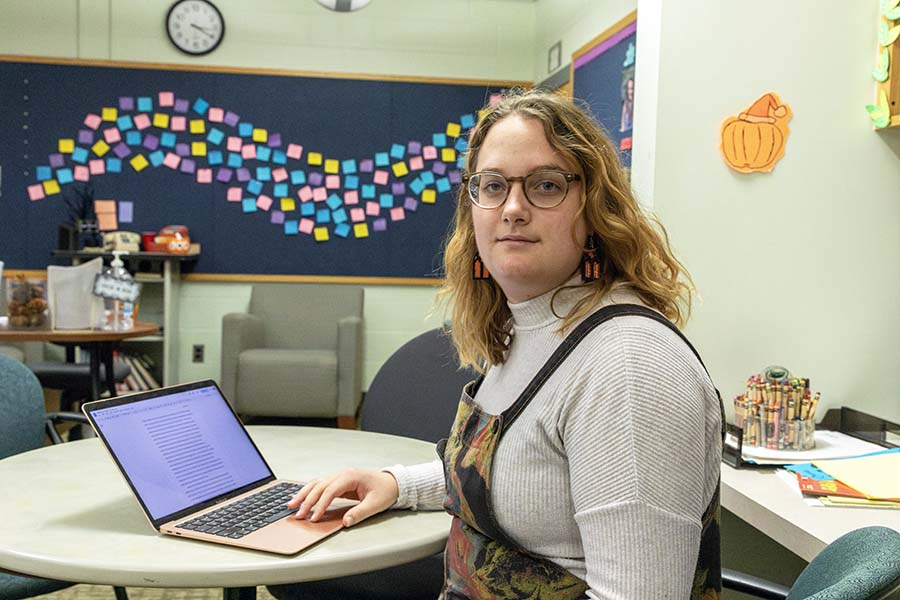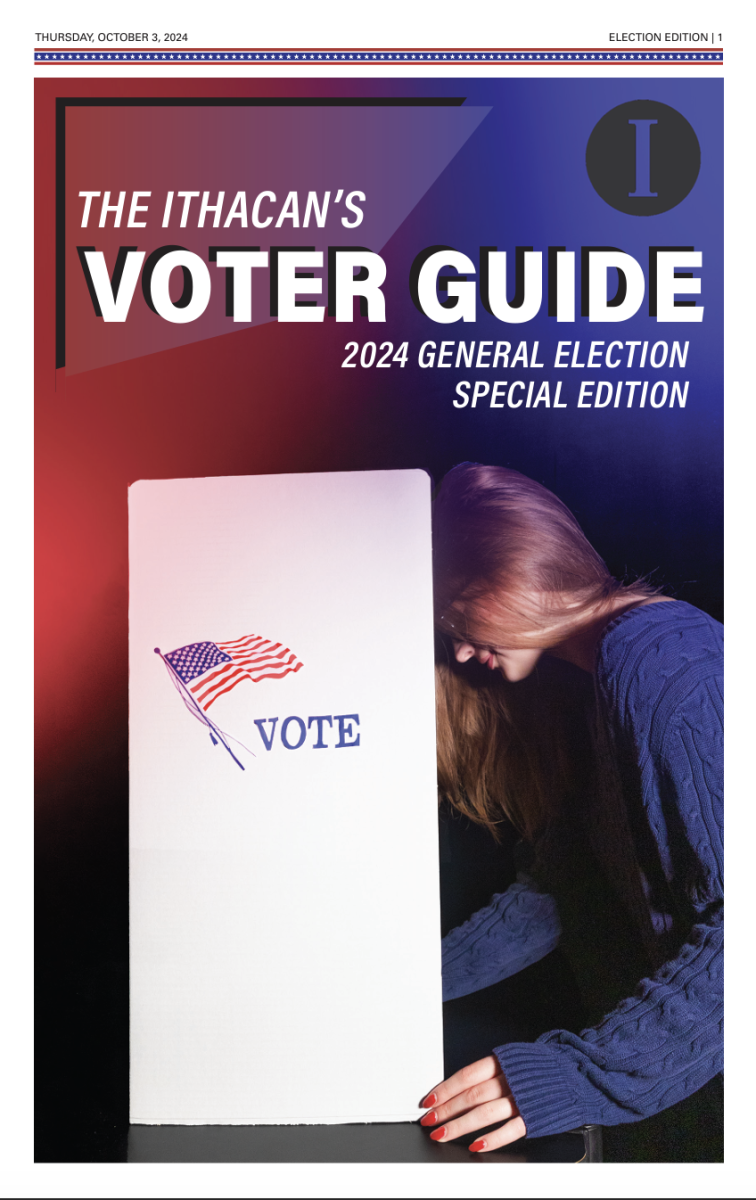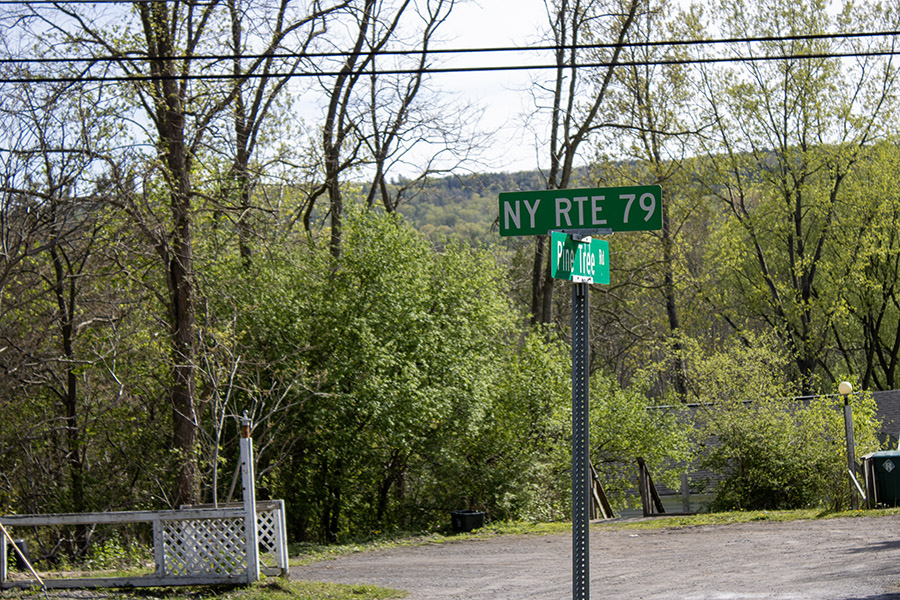Editor’s Note: This is a guest commentary. The opinions do not necessarily reflect the views of the editorial board.
Climate change poses a severe threat to the planet, evident in unpredictable weather patterns during seasonal transitions. As awareness of these changes grows, so does the realization of the need for action to reduce our impact on the environment. One prominent discussion revolves around reducing vehicle emissions, which not only contribute to atmospheric risks like ozone, methane and carbon monoxide, but also raise broader public health concerns related to air and noise pollution. As a student at Ithaca College who has utilized public transit, it seems like a viable alternative to individual vehicle usage. However, despite the benefit it may pose, public transit faces logistical and societal challenges, particularly in smaller cities like Ithaca.
A primary challenge is inconvenient public transportation. If I were to drive from Ithaca College to Cornell, it would take me 10-15 minutes, but if I were to take the Tompkins Consolidated Area Transit (TCAT), it could take me up to two hours depending on when I left and what routes were running. For someone who has a job they must get to on time, that just isn’t a viable solution. Or, if I wanted to go from Ithaca College to Walmart, the drive would take me about 5 five minutes, while taking the bus could take as long as two hours. Being a college student, that’s a considerable amount of valuable study time gone. To overcome this challenge, there needs to be a concerted effort into improving things like expanding infrastructure, training and paying more bus drivers, expanding coverage areas and implementing fare incentives to encourage ridership. Expanding coverage areas and implementing fare incentives is extremely important, especially in light of climate change concerns and the imperative to reduce emissions from individual vehicles. There needs to be a solution that not only reduces car emissions, but maintains and improves peoples’ ability to move around the city efficiently and affordably.
Fare incentives are discounts or benefits offered to passengers to encourage ridership without increasing fares and serve as a viable method to bolster funding without burdening passengers with higher fares, especially considering the already high inflation rates. This is even more important in regions with significant college populations like ours. Our universities also play a very active role in fare incentive contributions, yet there is potential for them to increase their contributions further. For instance, Ithaca College made TCAT free this year, reducing financial strain for students and promoting sustainability and hopefully we’ll see these types of contributions continue from Ithaca College. This is a great contribution to the social and environmental needs of their students and staff, and incentives such as these should be more widely adopted by universities.
As mentioned previously, expanding coverage areas is essential to improving public transit. However, expanding coverage areas within established public transit systems also presents considerable obstacles. With an already established and heavily utilized public transit system, the introduction of new routes or the modification of existing ones is essentially like trying to test something that doesn’t even exist yet. I looked at this issue in a class here at Ithaca College: Geographic Information Systems (GIS). The course covers how to utilize this technology, which I discovered would enable us to digitally map potential routes, while considering factors such as population density, traffic patterns and distance.
With GIS, users can conduct spatial analyses to identify the most optimal routes and evaluate their feasibility. Its capabilities extend far beyond just route optimization, and I highly recommend anyone interested in learning GIS to take the course offered by Ithaca College’s Computer Science Department if they can — it’s very accessible for students from any major. For the purpose of expanding and optimizing our transit system, GIS is a realistic solution. Not only that, but students make up a significant portion of riders in the Ithaca area and if we can be involved in coming up with solutions to improve it, we’ll have a stronger sense of contribution to the community we learn in.
Technologies like GIS can optimize routes and overcome obstacles while fare incentives provide a good source of funding for public transportation. By investing in public transit, we can reduce emissions, mitigate climate change and build more resilient communities. All of this moves us toward a more sustainable future while creating stronger infrastructure for future generations.
Caitlyn O’Dell (she/her) is as sophomore biochemistry major. Contact her at [email protected].


















